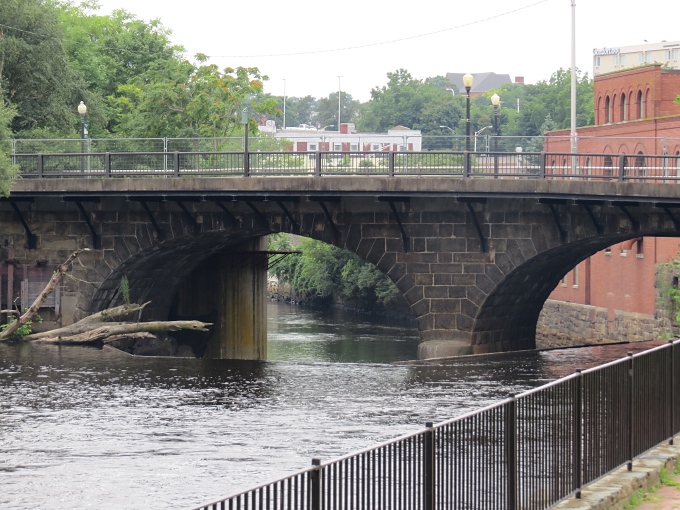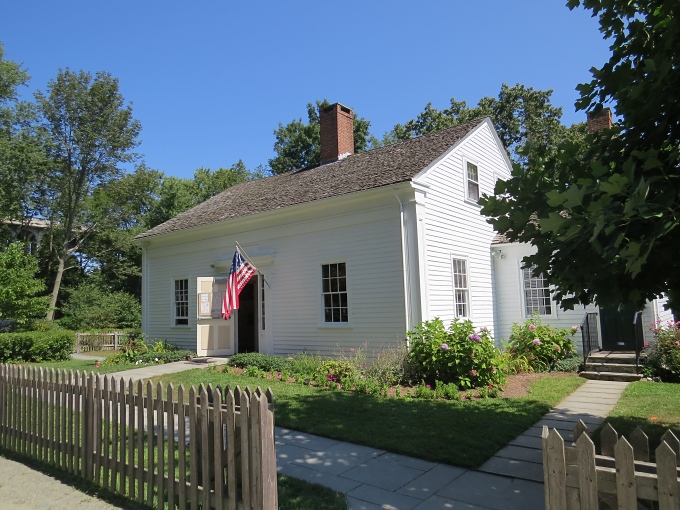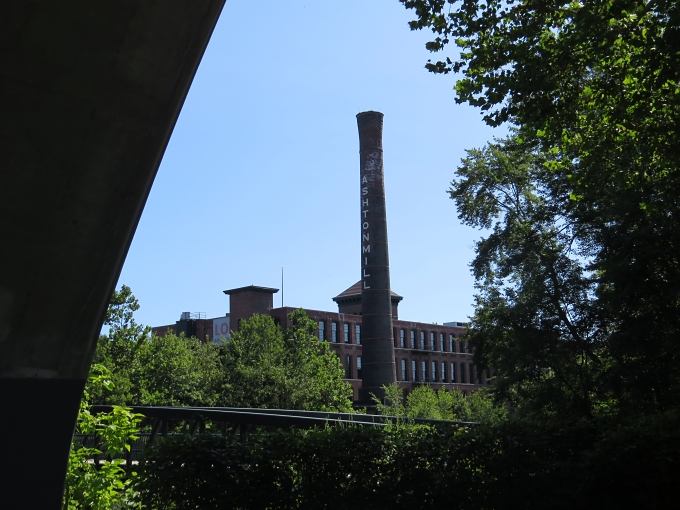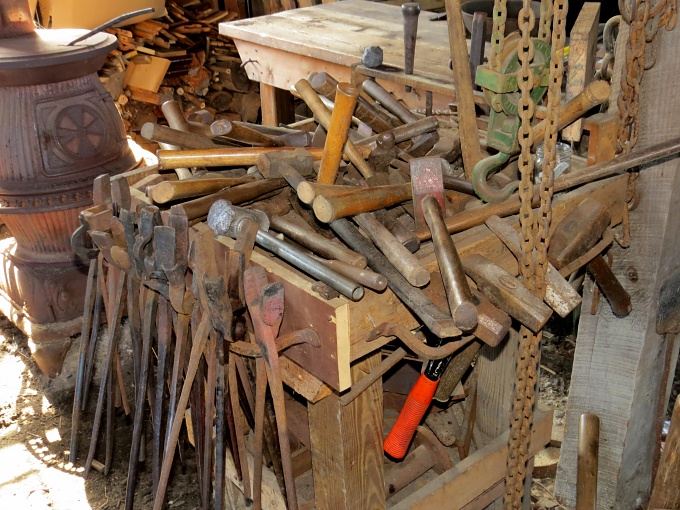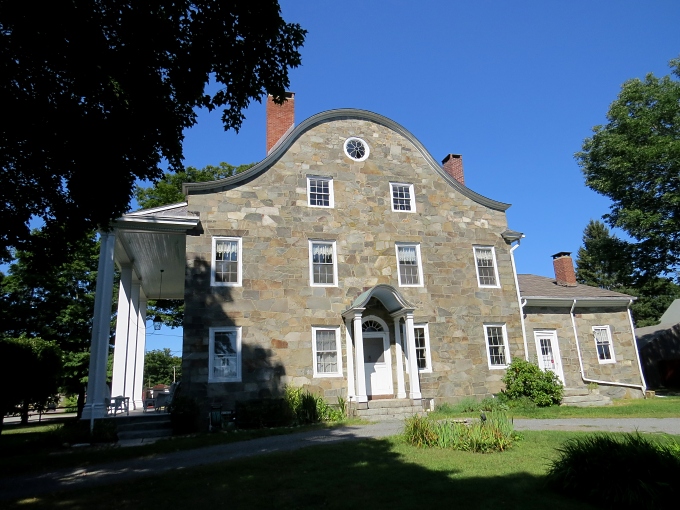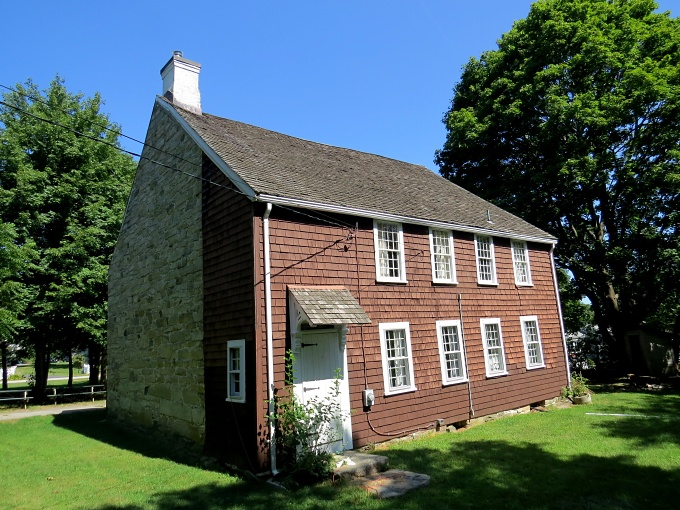The Mansfield Mural
/There's an underpass on Route 106 in the center of our little town of Mansfield and the retaining concrete wall was blah gray concrete, just like most underpass walls … until recently. We passed by one day in June and there was a staging set up and someone was drawing on the wall. Graffiti, maybe? Nah, this was too big a production for a tagger. We wondered what was happening.
Week by week, we started to see something emerge. First, there was a beige primer, then grid lines in blue, then what appeared to be sketches of various subjects in magenta and purple. Sometimes there would be lots of people there; other days it would be a lone painter. When we passed by the other day, we could see a colorful, historical mural emerging. What a startling, beautiful contrast to that blah gray wall.
While reading the Boston Globe, David came upon an article about the developing project. First, it's a community sponsored and funded project to beautify Mansfield. We noticed a display in town with a paint brush showing the current donations to the Mansfield Mural Project and the ultimate $50K goal. They've still got a ways to go. If you donate $100, your name can be inscribed somewhere on the mural. For $500, you face will be painted into the mural crowd.
Second, it's a single artist's concept and project with lots of help from volunteers. (Herding cats comes to mind, but that's just me.) Ian Gaudreau, the artist, was chosen from several who submitted proposals and he graduated from Mansfield High in 2000. This is his largest project ever and it seems to suit him just fine. He based many of his historical references on the history of Mansfield, Every Day But Sunday
Hmm … We've been living here nearly six months and we knew absolutely nothing about the town except it's pleasant, the supermarkets are close and it was founded in the mid 18th century. So, we're now learning a bit of its history … that bog iron used to be harvested in the marshlands here, that the current airfield used to be a horse racing track and there was a well-known goose farm in town, as well as a large chocolate factory. Even though we're short term residents, it's nice to learn something about the neighborhood and even nicer when an artist takes the time to paint it all out for us.








